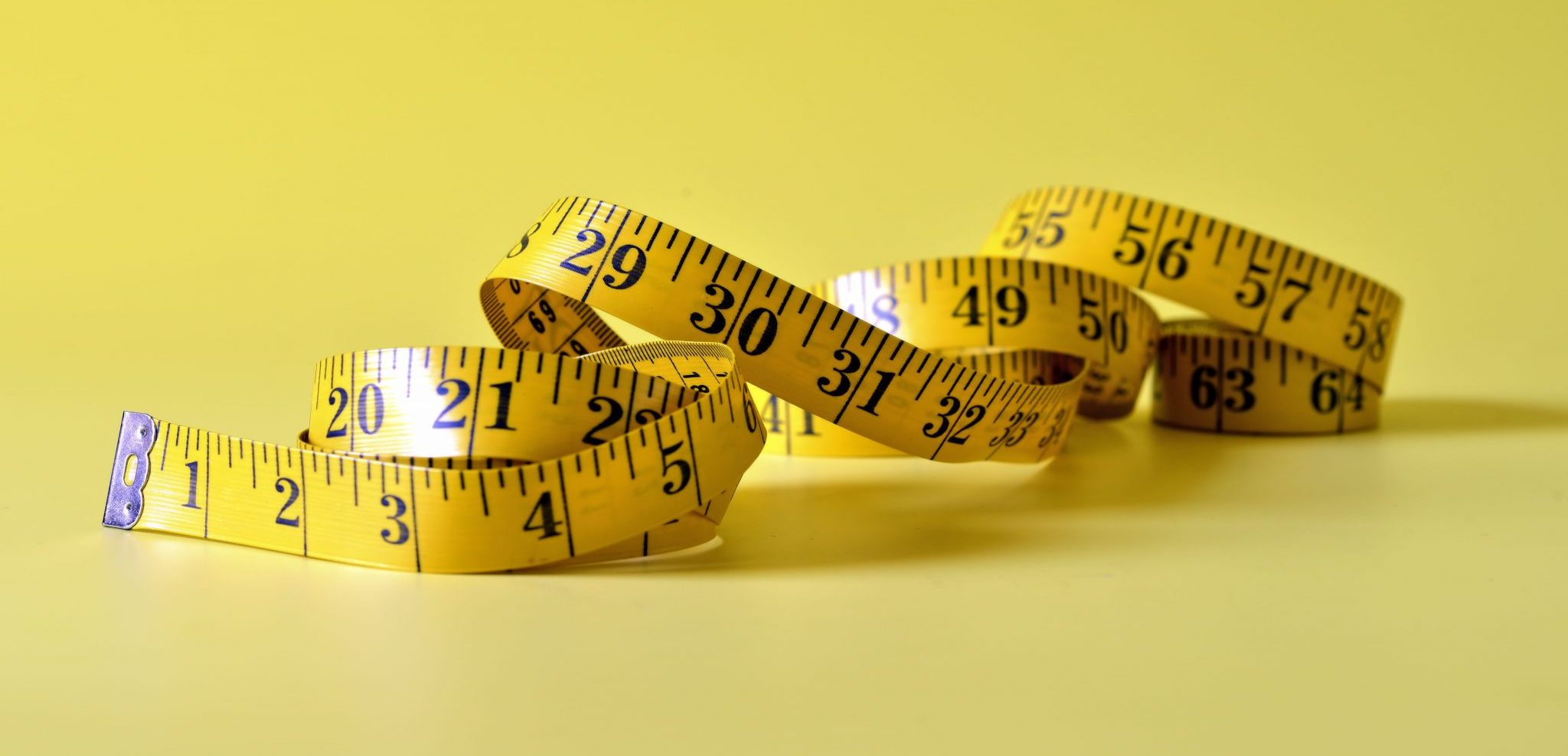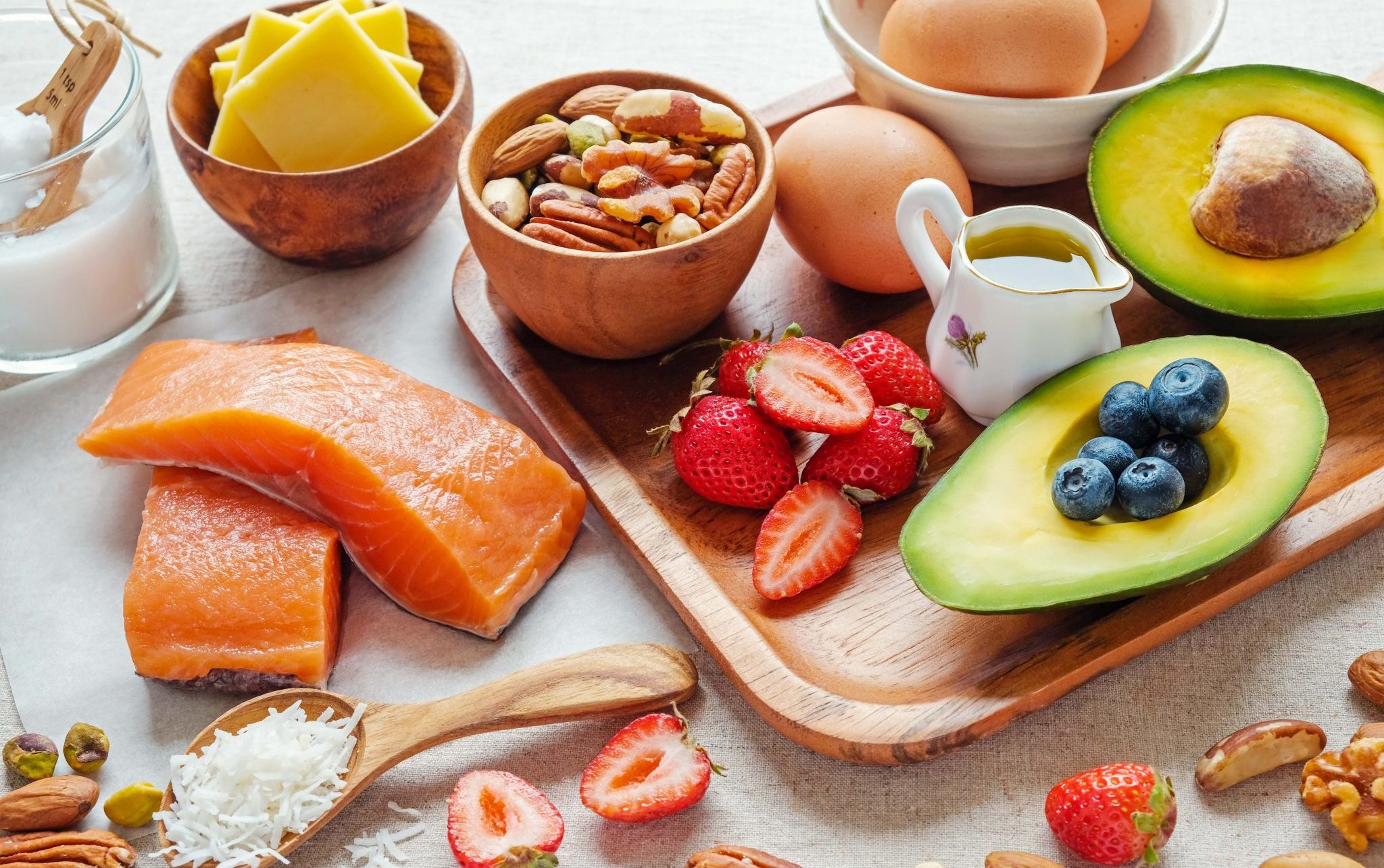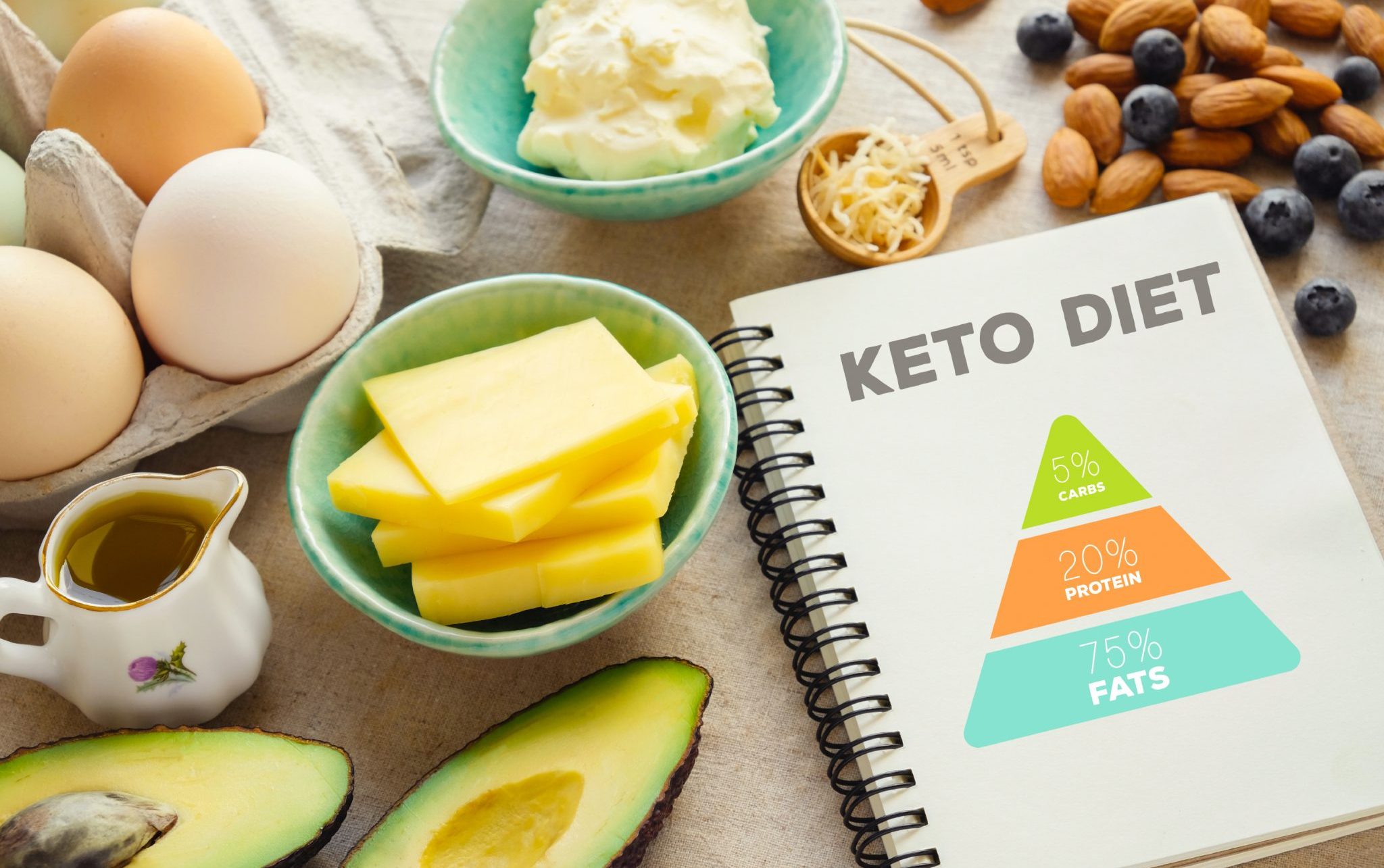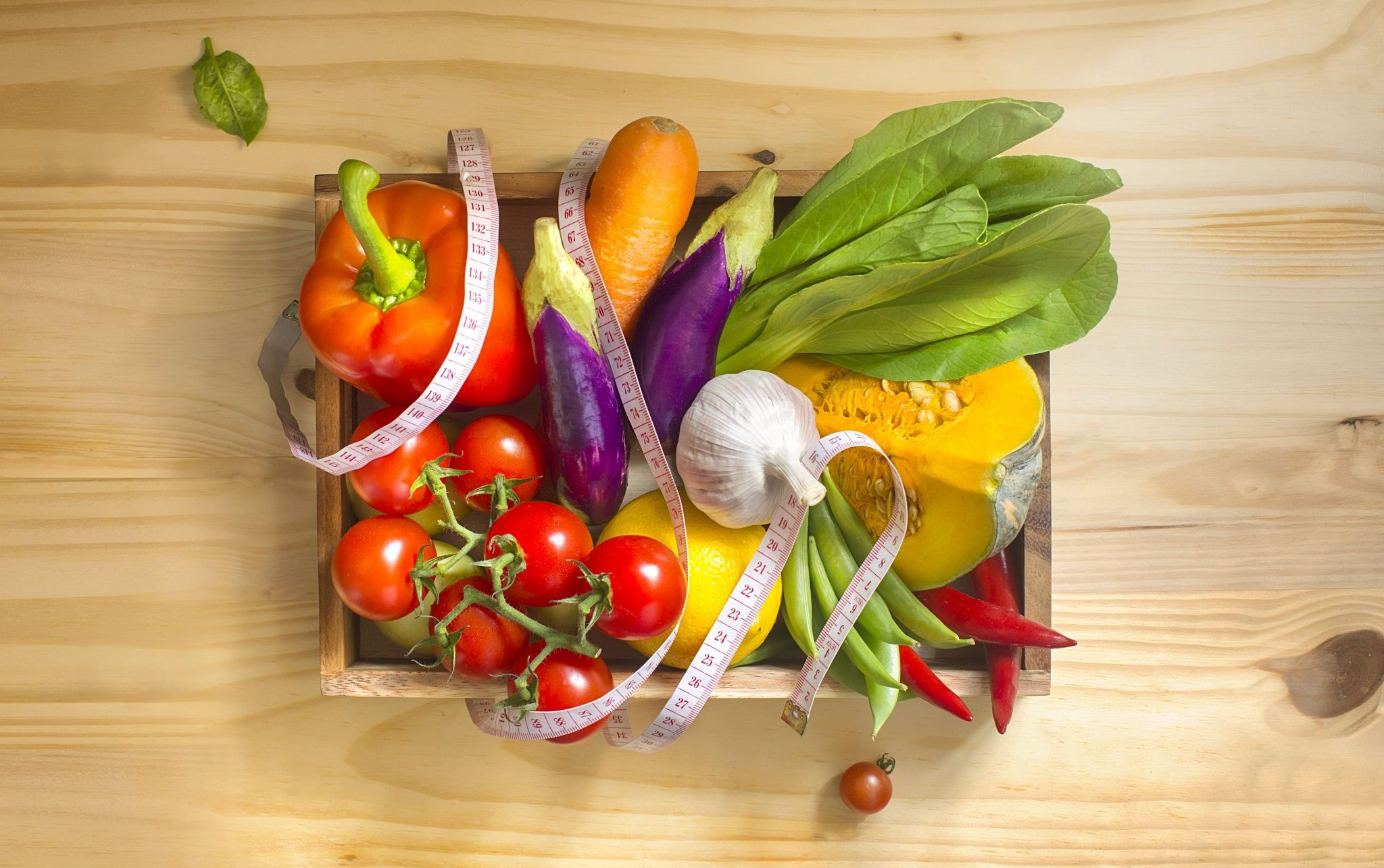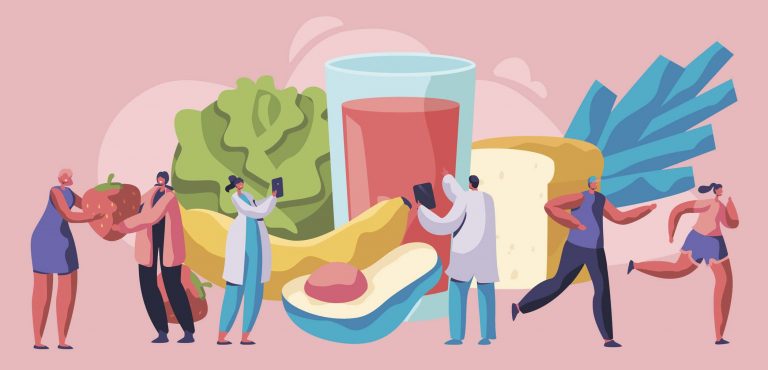If you’re browsing for an effective diet plan for weight loss, the words ‘keto’ and ‘Atkins’ will inevitably come up in the search results. The two have a well-earned reputation for being weight-loss-friendly and good for the overall health. The gist of both diets is low-carb intake and lower insulin levels as a result. But in spite of being so similar, there’s more to it. Read on to find out where you stand on ‘ketogenic diet versus Atkins’.
What is Atkins?
No weight loss goal is the reason to deprive our body of vital nutrients and vitamins to a point of starvation. You can feel full and satisfied and still lose weight. And this is the first thing that you need to know about the Atkins diet.
There are two types of it: Atkins 20 and Atkins 40. The former is the original one and helps if you’re planning to lose more than 40 pounds, while the latter is less strict and works great is you want to get rid of 40 pounds and less.
History behind it
Everything has a backstory. Well, here it goes: the Atkins Diet was introduced by a doctor. Back in the 1960s Dr. Robert Coleman Atkins published a book where he explained how low-carb eating can be more effective than any low-fat diet. The book was widely acclaimed and studied for years to come.
How does it work?
Both Atkins diet plans start you off with a moderate carb intake (20 grams in the case of ’20’ plan and 40 grams in Atkins 40), which you are allowed to increase along the way.
When you begin eating less carbs your insulin levels plummet, and your body starts using fat for fuel instead of sugar. This leaves less room for fat storage, hence, you slim down a lot faster.
Carb-wise the original '20' diet is divided into 4 phases:
Phase 1
20-25g of carbs (nuts and seeds, green veggies like broccoli, celery, cucumbers, green beans).
Time frame: First 1-2 weeks.
Phase 2
25-50g of carbs (nuts, seeds, green veggies, tomatoes, legumes, berries, melon, milk and yogurt, cottage cheese).
Time frame: Until you’re 10 pounds away from your target weight.
Phase 3
50-80g of carbs (nuts, seeds, green veggies, tomatoes, legumes, berries, milk and yogurt, cottage cheese, fruit, starchy vegetables, whole grains).
Time frame: Until you reach your goal weight.
Phase 4
80-100g of carbs (same as during the third Phase).
Time frame: This phase lasts for as long as you want, preferably a lifetime to maintain your weight just as you left it during Phase three.
Other foods you're allowed to eat: protein at every meal (fish, poultry, meat, eggs, dairy), healthy fats.
Foods to avoid at all times: sugars (including honey and sweeteners), refined oils, trans fats, all types of processed foods and alcohol.
Atkins 40
It is somewhat similar to the ‘20’ plan. The difference is that in the original diet you gradually add more different carbs making it more versatile. And in the adjusted one you can eat all healthy carbs from the beginning while increasing your carb serving size. You start with eating 40 grams of net carbs a day. Once you’re only 10 pounds away from your goal, you're allowed to add 10 grams each week. But mind that the total carb intake should never exceed 100 grams.
What is keto?
Unlike Atkins, keto (or ketogenic) diet allows scarcely any carbs for as long as you stick to it. In a nutshell it is a high-fat/low-carb diet, with adequate amounts of protein in between.
One of the goals of the keto diet is to boost metabolism. This makes it easier for your body to swap sugar burning for fat burning. As a result you get faster weight loss.
History behind it
Ketogenic diet was introduced back in the 1920s as a cure for childhood epilepsy. It was discovered then that a low-carb diet causes ketosis – a metabolic state in which the body burns fat at an extremely high rate.
How does it work?
Here you get 5-10% of your energy from carbs, 20-30% - from proteins, and the rest 65-80% comes from fats.
When you go low-carb, your body doesn’t get enough sugar to fuel itself. When our body lacks sugar to turn it into energy, it uses fat instead. Your liver then converts fat into ketones – type of acid that your body later uses for fuel. Ketones are considered a cleaner energy source compared to carbs. On a plus side, ketosis also means lower risk of heart disease and improved brain function.
Your ketogenic diet should include:
- Low-carb veggies: broccoli, spinach, kale, cauliflower, asparagus.
- Fatty fish and meat: herring, ground beef, salmon, caviar, sardines, mackerel.
- Full-fat dairy: whole milk, Greek yogurt, cheeses.
- Berries and some fruit: blueberries, raspberries, melons.
- Healthy fats: olive and sesame oil, avocado and coconut oil, butter.
What keto and Atkins have in common
- Both lower sugar levels and use fat as body fuel.
- Keep your carb intake very low.
- The main goal of both diets is to help you lose weight and keep it off.
- You still eat enough protein and fat to keep your body satisfied.
- The two don't allow you eat processed and refined foods.
What is the difference between keto and Atkins?
It may seem that keto diet is the same as Atkins. But have a closer look:
- Though both diets focus of weight loss, keto is a little more aggressive than Atkins and shows faster results. All because in keto you eat the same amount of carbs every step of the way. Meanwhile Atkins saves you more of those for later.
- You don’t exclude fat or protein from either diet. However, in keto most of your calories come from fat. Meanwhile in Atkins you add equal amounts of protein and fats.
- Eventually your body will run on ketones and fat, if we talk about keto diet. In Atkins your body can also shift to nutritional ketosis but only during its initial phase. If you don’t want this to happen, simply eat larger quantities of protein.
Which one is better for me?
When it comes to weight loss, keto diet takes the cake. It also keeps your weight steady in a longer run should you stick to it. Many believe it’s because keto is more consistent with carbohydrates than Atkins.
Although the keto diet is more efficient for losing weight, it’s also a real challenge to stick to it, because the amount of carbs you're allowed to eat is simply too low. Not many can find it in them to give up on so many foods for good.
Atkins diet is less rigid, so it may be a good alternative if you’re after weight loss. If we talk about other goals, keto has additional long-term benefits for your health. It can so much as help halt the growth of cancer cells, boost your mental health and prevent or reverse type 2 diabetes.
It all boils down to these three factors that should influence your decision: your body constitution, the state of your health and the goals you pursue. You need to remember that change of a diet is a serious undertaking, and not necessarily what your body needs right now. So, it’s always best to consult with your health care provider before you decide to give either diet a shot.
If you do give any low-carb diet a go, and then decide it’s not for you after all, remember that going back takes time. Don’t rush to ramp up your carbohydrate intake. Especially when pulling away from the keto diet. Going back to larger carb portions overnight leads to spikes in insulin levels and weight gain because of all the sugar your body is no longer used to. What you need to do is gradually increase the amount of carbs per serving.

